Xurography as a Rapid Fabrication Alternative for Point-of-Care Devices: Assessment of Passive Micromixers
- PMID: 27196904
- PMCID: PMC4883396
- DOI: 10.3390/s16050705
Xurography as a Rapid Fabrication Alternative for Point-of-Care Devices: Assessment of Passive Micromixers
Abstract
Despite the copious amount of research on the design and operation of micromixers, there are few works regarding manufacture technology aimed at implementation beyond academic environments. This work evaluates the viability of xurography as a rapid fabrication tool for the development of ultra-low cost microfluidic technology for extreme Point-of-Care (POC) micromixing devices. By eschewing photolithographic processes and the bulkiness of pumping and enclosure systems for rapid fabrication and passively driven operation, xurography is introduced as a manufacturing alternative for asymmetric split and recombine (ASAR) micromixers. A T-micromixer design was used as a reference to assess the effects of different cutting conditions and materials on the geometric features of the resulting microdevices. Inspection by stereographic and confocal microscopy showed that it is possible to manufacture devices with less than 8% absolute dimensional error. Implementation of the manufacturing methodology in modified circular shape- based SAR microdevices (balanced and unbalanced configurations) showed that, despite the precision limitations of the xurographic process, it is possible to implement this methodology to produce functional micromixing devices. Mixing efficiency was evaluated numerically and experimentally at the outlet of the microdevices with performances up to 40%. Overall, the assessment encourages further research of xurography for the development of POC micromixers.
Keywords: ASAR; Point-of-Care; SAR; in-plane; lamination; low-cost; microfluidics; micromixer; rapid fabrication; splitting and recombination; xurography.
Figures
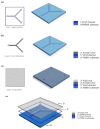
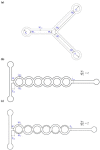

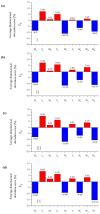
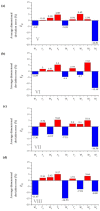


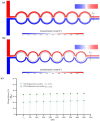
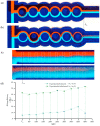
References
-
- Mogi K., Sugii Y., Yamamoto T., Fujii T. Rapid fabrication technique of nano/microfluidic device with high mechanical stability utilizing two-step soft lithography. Sens. Actuators B Chem. 2014;201:407–412. doi: 10.1016/j.snb.2014.05.047. - DOI
-
- Natarajan S., Chang-Yen D.A., Gale B.K. Large-area, high-aspect-ratio SU-8 molds for the fabrication of PDMS microfluidic devices. J. Micromech. Microeng. 2008;18:045021. doi: 10.1088/0960-1317/18/4/045021. - DOI
LinkOut - more resources
Full Text Sources
Other Literature Sources
Miscellaneous

